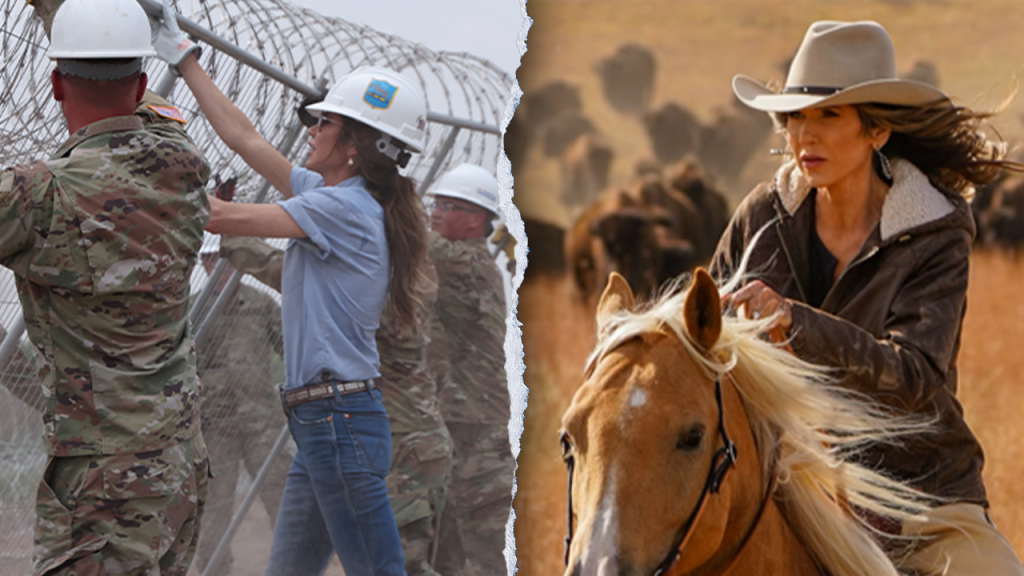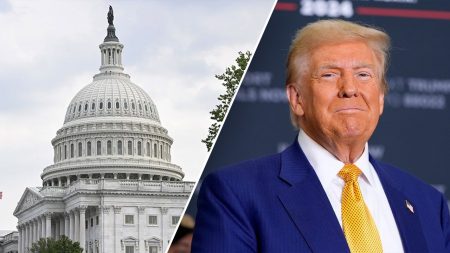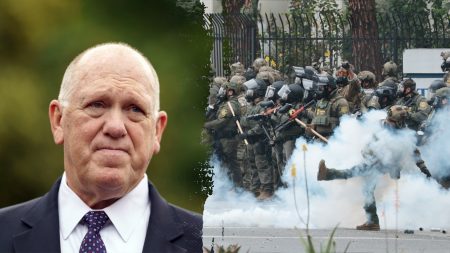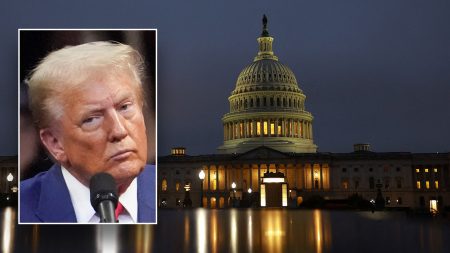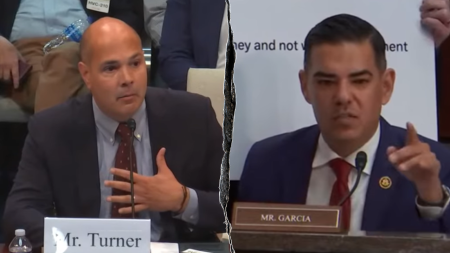Kristi Noem, the newly appointed Secretary of the Department of Homeland Security (DHS), has become a lightning rod for both praise and criticism, largely centered around her distinctive style and hands-on approach to border security. Supporters, including South Dakota Representative Dusty Johnson, applaud her “South Dakota toughness,” highlighting her practical experience running a ranch and her commitment to working alongside the individuals she leads. They see her attire – cowboy hats, work clothes, and even protective vests – as a reflection of her pragmatic nature and willingness to get involved on the ground level, a stark contrast to the perceived detachment of many Washington officials. Noem’s allies argue that her critics, primarily focused on her wardrobe choices, fundamentally misunderstand her background and the practicalities of her work.
However, Noem’s critics have seized upon her sartorial choices, labeling them as “cosplay” and mocking her with epithets like “ICE Barbie” and “Border Patrol Barbie.” They criticize her for donning a cowboy hat during a national television interview and wearing a baseball cap and what appeared to be a bulletproof vest while participating in immigration raids in New York City. These critics see her attire as performative rather than practical, suggesting a disconnect between her image and the serious nature of her responsibilities. The controversy over Noem’s clothing choices has become a proxy for the larger debate surrounding immigration policy and border security.
Noem’s defenders staunchly reject the criticism, emphasizing that her attire is consistent with her lifelong experience in rural South Dakota and her hands-on approach to work. They argue that the criticism is rooted in a misunderstanding of her background and a general disconnect between the realities of rural life and the perceptions of those in urban centers like New York City and Washington, D.C. Furthermore, they suggest that the focus on Noem’s clothing is a deliberate attempt to distract from the important work she is doing to secure the border and enforce immigration laws, priorities championed by former President Donald Trump.
Since her confirmation as DHS Secretary, Noem has aggressively pursued Trump’s immigration agenda, participating in high-profile raids in New York City and touring the southern border on horseback. She has framed the situation at the border as a “warzone” and emphasized the need to deport individuals who entered the country illegally during the Biden administration. Noem’s supporters see her actions as fulfilling a campaign promise and addressing a critical national security issue, while detractors argue that her policies are inhumane and ineffective.
Noem’s background and personal history play a significant role in shaping her approach to her current role. Raised on a ranch in rural South Dakota, she has maintained a strong connection to her roots, often opting for practical work attire even during her tenure as governor. She has participated in activities like the South Dakota Buffalo Roundup and state farm fairs, demonstrating a comfort level with environments far removed from the polished world of Washington politics. Noem has emphasized her rural upbringing and understanding of hard work, framing it as an asset in her role as DHS Secretary.
The controversy surrounding Noem’s attire highlights a deeper cultural divide in American politics. Her supporters see her as a refreshing departure from the traditional Washington elite, someone who is willing to get her hands dirty and address difficult issues head-on. Her critics, on the other hand, view her actions and attire as performative and lacking in substance, a reflection of the political polarization that continues to grip the nation. The debate over Noem’s wardrobe choices serves as a microcosm of the broader disagreement over immigration policy and the appropriate role of government in addressing border security. Ultimately, the effectiveness of Noem’s leadership at DHS will be judged not by her clothing choices but by the outcomes of her policies and their impact on national security and the lives of individuals seeking to enter the United States.




